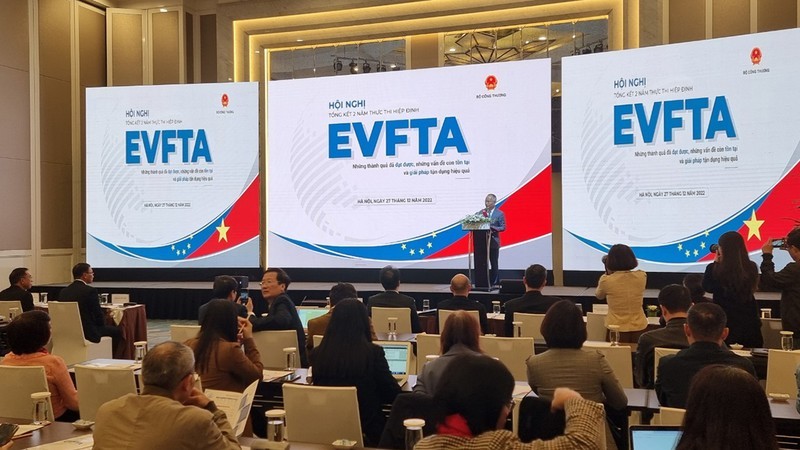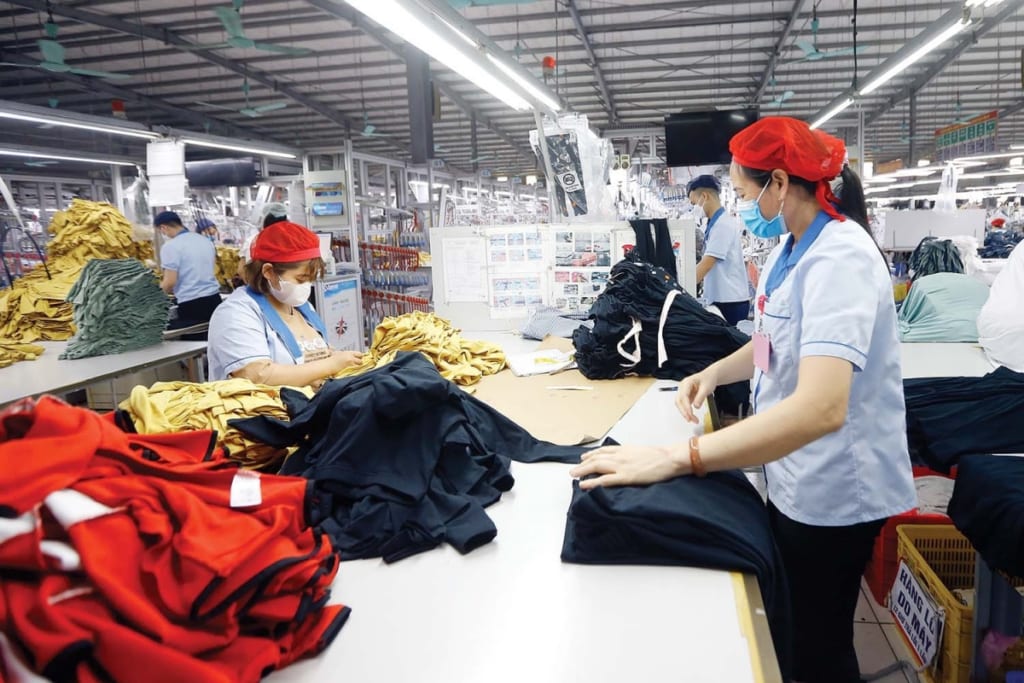
Global Seafood Demand and Vietnam’s Strategic Position
The international seafood market is a multi-billion-dollar sector that continues to expand, driven by rising demand for nutritious protein sources, shifting consumer preferences towards healthier diets, and the globalisation of supply chains. Vietnam has emerged as a leading seafood exporter, ranking among the top in the world for products such as shrimp, pangasius, tuna, and squid. This rise is no coincidence; it is the result of a combination of natural resources, industry investment, government support, and a skilled workforce.
In particular, Vietnamese seafood processing workers have become a key asset to global importers. Their role goes far beyond handling raw fish. They are trained in hygienic processing, quality assurance, international packaging standards, and logistical coordination. These workers are the backbone of an industry that requires precision, consistency, and adherence to strict safety regulations.
The Skillset Behind High-Quality Processing
Seafood processing requires a combination of dexterity, speed, and knowledge of hygiene standards. Vietnamese seafood processing workers are trained to perform tasks such as filleting, de-shelling, portioning, and freezing with minimal waste. Unlike generic labour roles, seafood processing is highly technical — improper handling can lead to bacterial growth, spoilage, or reduced shelf life, directly affecting the export value of a shipment.
Workers in this sector are often required to pass both theoretical and practical training modules, covering:
-
Hazard Analysis Critical Control Point (HACCP) compliance
-
Cold chain management techniques
-
Use of processing machinery such as automatic filleting lines
-
International labelling and traceability systems
Beyond the technical, their soft skills also matter — attention to detail, the ability to work under time pressure, and adaptability to different species and processing requirements are essential to meeting client expectations.
Meeting International Standards: From the EU to Japan
Countries such as Japan, the United States, and members of the European Union have some of the strictest import regulations in the world for seafood. These include microbiological testing, chemical residue limits, and sustainability certifications.
Vietnamese seafood processing workers have developed the capacity to meet — and in many cases exceed — these standards. Processing facilities employ workers who understand and follow ISO 22000, BRC (British Retail Consortium) Food Safety, and ASC/MSC sustainability frameworks. This knowledge allows Vietnamese exporters to maintain strong, long-term relationships with overseas buyers.
For example, shrimp bound for the Japanese market must be processed in ultra-clean environments with consistent temperature control from catch to packaging. Workers assigned to this product line undergo additional training on Japanese customer preferences, packaging sizes, and aesthetic presentation.
Technology Integration in Seafood Processing
Modern seafood processing plants in Vietnam are increasingly adopting automation and digital tracking systems. This technology doesn’t replace workers; rather, it enhances their capabilities. Vietnamese seafood processing workers now utilise advanced filleting machines, vacuum sealing systems, and automated grading lines, which enhance efficiency while maintaining product quality.
Digital tools for traceability — from QR codes to blockchain-based tracking — are becoming standard. Workers are trained to input and verify data at each processing stage, ensuring full compliance with buyer requirements. This technological competence makes them not only skilled manual workers but also valuable operators in high-tech food production environments.
Sustainability and Ethical Practices
Global consumers are increasingly concerned about the sustainability of their seafood. This means processing workers must be part of a chain that supports ethical fishing practices, minimises bycatch, and reduces environmental impact. In Vietnam, many seafood processing facilities have adopted eco-friendly initiatives such as waste recycling, water filtration, and energy-efficient freezing systems.
Workers themselves contribute to these goals by minimising waste during filleting, ensuring correct sorting of recyclable materials, and adhering to water-saving procedures during cleaning. By being involved in sustainability efforts, they help maintain the reputation of Vietnamese seafood in global markets.
Labour Conditions and Worker Welfare
International buyers are increasingly asking about labour conditions within supplier countries. Vietnam’s seafood sector has responded with significant improvements in working conditions, wages, and benefits.
Wages and Benefits:
-
Competitive wages relative to Vietnam’s average manufacturing sector
-
Overtime pay during peak export seasons
-
Health and safety insurance coverage
-
Free or subsidised meals during shifts
-
Transport assistance for workers in rural areas
Work Environment:
Modern plants have climate-controlled processing areas to ensure both product safety and worker comfort. Ergonomic workstations and regular breaks help maintain productivity while reducing injury risks.
These improvements have been instrumental in ensuring Vietnamese seafood processing workers can sustain long-term careers, making them more experienced and valuable to international buyers.
Global Expansion and Recruitment Opportunities
While most seafood processing workers currently operate in Vietnam-based facilities, there is increasing demand for their skills in overseas processing plants, particularly in Europe, the Middle East, and East Asia. Countries with growing seafood consumption but limited processing capacity often partner with Vietnamese recruitment agencies to bring in skilled labour.
Such placements require additional language and cultural training, which many Vietnamese workers are keen to undertake. With the right support, they adapt quickly to new environments while maintaining the high standards they have developed at home.
Case in Point: The Shrimp Export Boom
Over the past decade, shrimp exports have become a cornerstone of Vietnam’s seafood industry, generating billions of dollars annually. Vietnamese seafood processing workers have played a critical role in this growth, ensuring that shrimp shipments meet the precise specifications demanded by buyers in markets such as Japan, South Korea, and the EU.
From sorting and grading to deveining and packaging, each step requires meticulous attention to detail. Even small errors in size grading can lead to shipment rejections — a costly outcome that skilled workers help to avoid.
Why Overseas Employers Should Consider Vietnamese Workers
For global seafood companies seeking reliable, skilled, and adaptable processing staff, Vietnam offers an exceptional labour pool. These workers bring:
-
Proven experience in high-volume, high-quality production
-
Familiarity with global food safety standards
-
The ability to integrate into multi-cultural teams
-
Strong work ethics and loyalty to employers
Given the rising global demand for seafood, the need for qualified processing staff will only grow. Employers who secure Vietnamese talent early will benefit from their skills and adaptability.
Further Reading and Related Articles
-
Vietnamese Manufacturing Workers Boost Productivity in Hungary
-
Vietnamese Agricultural Workers Transform Farming Operations in Australia
-
Vietnamese Welders Revitalise Norway’s Shipbuilding Industry
📩 Contact LabourLink Vietnam
Email: info@vietnammanpowerwelder.com
WhatsApp: +84913338588



